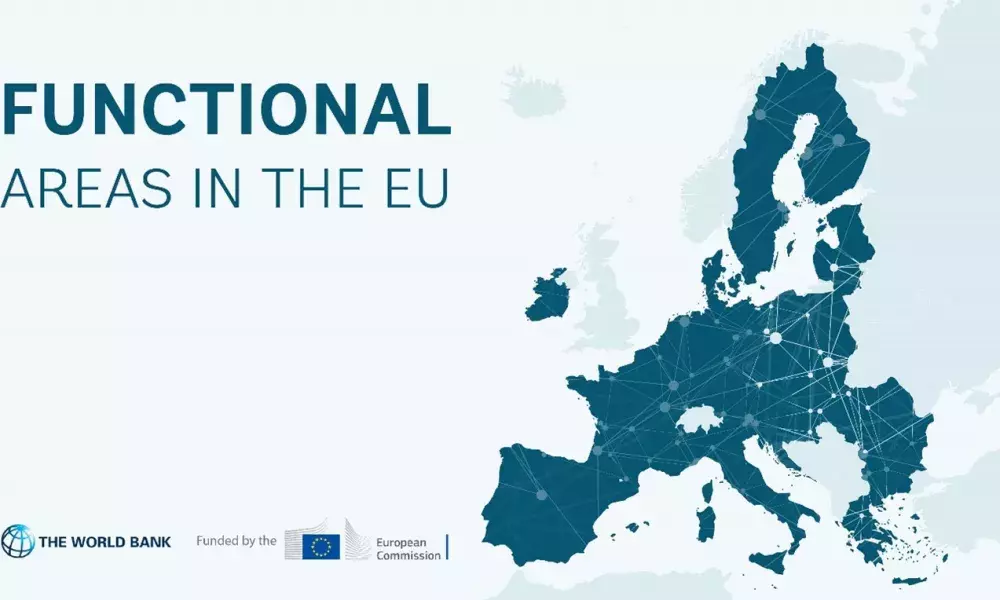
Our relationship with urban streets must shift. Not long ago, streets were places where ideas and people met. Now, most of the time, you see cars in motion or parked, and only a few people rushing towards a destination. All over the globe, there are multiple concepts and ideas aimed at improving the utilization and functionality of streets, returning them to people, and accelerating climate actions. These concepts are known under different names, such as woonerf, shared spaces, open streets, slow streets, etc. All of them share the same goal: transforming streets into community hubs and extensions of one’s home.
The lack of space for people was severely observed during the COVID-19 pandemic, prompting many cities to react and rethink their streets. However, these actions shouldn't be limited to solutions for hazardous situations; they should be the norm to build healthy and resilient communities. People should have places to stop and meet friends, safe paths on which to walk their dogs or push strollers, and various leisure opportunities and amenities within short distances. Moreover, vulnerable users need to regain their freedom, and the city must cater to their needs as well. While adults can travel by car or other means of transport, children and seniors don't have the same options and are confined to their homes and the scarce leisure opportunities provided by public spaces designed for cars. Therefore, this document will discuss shifting the hierarchy in urban mobility, the importance of providing multiple means of transport, and the need to activate streets and design them beyond transit corridors. The goal is to restore streets to their rightful owners: the people.
Transforming Transit Spaces to Destination Places covers steps on how to establish slow streets, receive support from communities, extend the program through participation, and identify factors that transform public spaces into destinations. Overall, the guide highlights the power of such a tool to support efforts to tackle climate change, increase the quality of life, promote an active lifestyle, and ensure safety for people. Nonetheless, these are general concepts and ideas to advance the work of transforming our streets; they do not represent a one-size-fits-all solution.
Similar content



